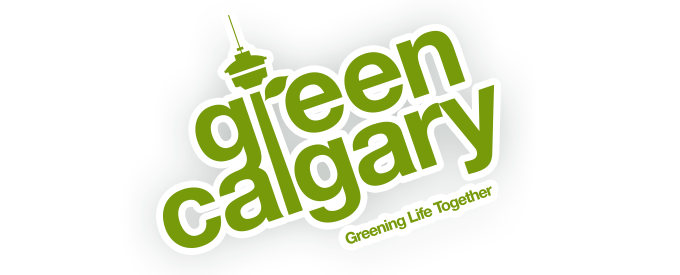Reduce before you Recycle
Posted on January 21, 2017
We all know the three R’s: reduce, reuse, and recycle. What we often don’t think about is the order those three R’s are in and why.
Recycling materials has become commonplace for many of us, with The City of Calgary’s blue cart programs and the many great haulers here in Calgary, but we tend to forget that it’s also the last step in an overall process.
First Reduce. All materials that you throw away have some sort of impact on our environment. While the landfill is the worst of them, you simply can’t get away from making waste as a human. In 2009, Canadians produced more than 700kg of waste per person. That’s a huge number. All of that waste has to go somewhere, and even recycled waste has to be processed to be made usable again – that takes time, money, and energy. A recent blog from Fix.com shows the true cost of using plastics today. All of which is to say that the best solution is simply to use less.
How? Well, for one, you can choose products with minimal packaging. Making your own is one option there. You can also buy foods in bulk or fresh (Community Natural Foods has a great bulk section). You can also purchase products of higher quality so that they don’t need to be thrown out, or borrow items that you need less frequently (like tools or kitchen appliances) from friends and neighbours instead.
Next Reuse. If reducing isn’t an option, and there are lots of places in our lives where it isn’t, try reusing instead. This also includes repair and refurbishing. Did you know that many of our tech gadgets come with Terms of Service that prevent tampering inside them? You bought it, but you can’t repair it yourself, or even get it repaired by a third party in some cases. Small item repair is a dwindling industry. For example, in the US alone, there has been a reduction in shoe repair shops from 100,000 before World War II, to less than a tenth of that in the past 5 years. So, if we can’t use less, then we should make sure that we can reuse what we have.
How? When looking for new products, you can instead turn to antiques or thrift stores first. You can also buy reusable items instead of disposable ones: cloths instead of paper towels, reusable razors instead of single-use, and so on. You can also learn how to repair many small, household items on the internet, allowing you skip buying brand new ones when they break. Tech gadgets are trickier to repair, but you can still get them fixed rather than buying new.
Finally Recycle. If you’ve reduced what you can and reused or repaired to its limit, now it’s time to recycle. Think of recycling as a kind of reusing, but one that has a higher cost. Recycling needs people to actually buy the recycled product, which isn’t always easy, and it often costs more than what the recycled product can be sold for. Needless to say, while recycling is the last of these steps, it’s still far better than sending waste to the landfill. It’s also really easy these days.
How? I’m sure you’re thinking that you know how to recycle and don’t need advice. However, there are still things you can do to make your recycling processes better. First of all, you can recycle your beverage containers with a charity, like Vecova, and help others while also keeping those products from the landfill. Next, many household items can be recycled through the London Drugs Green Deal program. Next, you can recycle larger items or large volumes of items through a local, green hauler, thus supporting local business. You can find these on our recycler directory.
All of this is to say that sometimes all it takes to make the world a greener place is a bit of forethought on what you’re buying, who you’re giving your money to, and where it will end up. As we said last week, follow us in making this year your Do-Year. Do something for the environment by taking the time to consider the lifecycle of what you buy.
